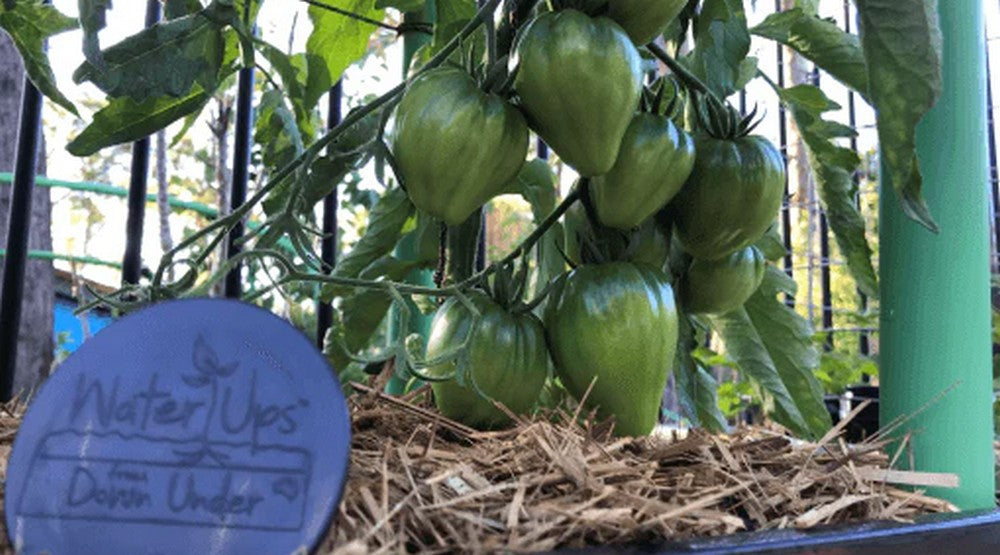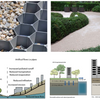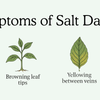What to do in your wicking bed this month - October 21

Wicking bed gardening - October
It’s been a few weeks since planting your tomatoes in your Square Planter and they are starting to show their true leaves and get a bit of height. The stem has thickened up and there are side shoots starting to emerge from above the leaves. They have only had one liquid feed on the day they were transplanted and it’s time to give them the support they need to go on and start giving kilos and kilos of fruit.
Growing better tomatoes
There are many ways to stake a tomato, but I will share with you a method that provides all the support the plant will need and not damage the stem of the plant. All you need is one piece of string, and something to hang it from.
A bowline knot is a simple knot that won’t tighten as the plant grows and therefore will not strangle the plant. Tie this knot as close to the ground level as possible. Here is a simple video if you are not good with knots. Practice a few times before you start wrestling with the plant stem.
Once the bowline knot is secure and very loose on the stem, run the string out until it reaches the top support. I am using a Flexi Frame structure. Cut about 20cm more that you need to tie off the string and secure it with a hitch knot. Hitches are great knots as they tighten in one direction and easily loosen if pulled from the other.
Now the string is fastened to the top and looped around the stem, it can be wound around the string as it grows. The length of string can be altered at the hitch at the top.
Now the tomato plants have great soil, plenty of water and support to grow out their season giving heaps of fresh fruit. But that won’t be quite enough. There are a few more things to ensure success.
Fertilising tomatoes
Liquid fertilise every two weeks. Until flowers start to form, you can use a liquid feed that is high in Nitrogen to give the plants the best start. Once flower buds appear, change to a fruit and flower formula that has Potassium in it to boost fruit production.
Pinch pruning tomatoes
As your tomato grows up, it will also try to grow out. This is always hard to do for the first time, but trust me it is well worth it. You will need to pinch out any lateral buds as soon as they appear. This will direct the growth up and into the fruit. It will also keep the plant from getting too thick and bushy, giving pests a place to hide and creating a humid environment for mildew to thrive.
Protecting your tomatoes from pests
A healthy plant will have a good chance of fighting off pest and disease attack, so keep an eye on the water level in the reservoir and don’t stop fertilising. You may still get hit by a few bugs, they will more than likely be aphids. Easy to get rid of as long as you get to them early. There are many organic solutions for aphid control, and you will need to reapply a few times until they are gone. As with all pesticides, read and follow the instructions from the manufacturer.
Tomatoes are at the greatest risk of attack when they are ripe and juicy on the vine. To protect the crop from birds and possums, netting may be needed. This is when a structure like the Flexi Garden Frame will really come into its own. Netting can be easily thrown over and secured to the poles with the Flexi-clips.
Happy Gardening








